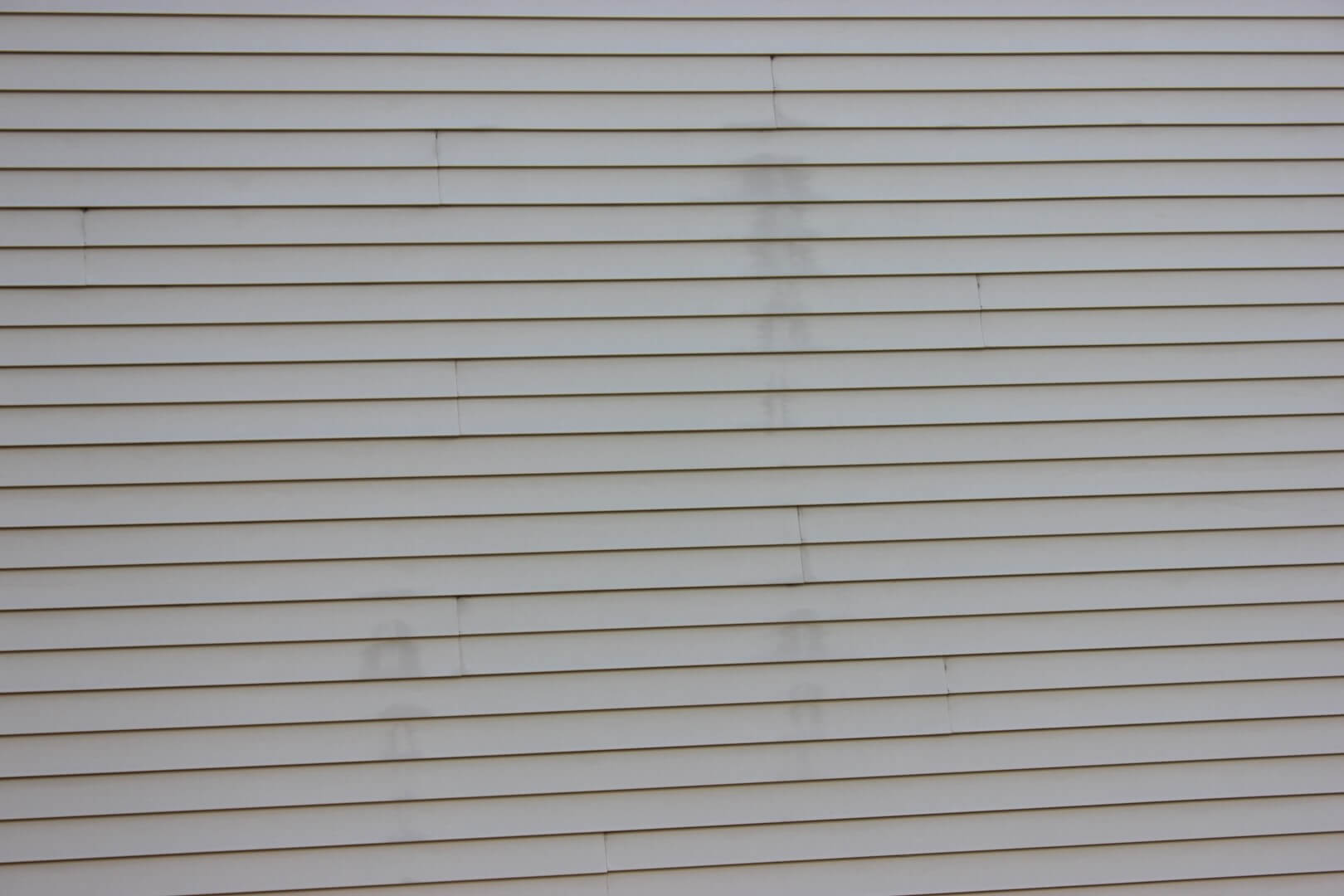

Articles
How To Get Stain Off Of Vinyl Siding
Modified: January 8, 2024
Learn effective techniques to remove stubborn stains from vinyl siding with our informative articles.
(Many of the links in this article redirect to a specific reviewed product. Your purchase of these products through affiliate links helps to generate commission for Storables.com, at no extra cost. Learn more)
Introduction
Welcome to our guide on how to effectively remove stains from vinyl siding. Vinyl siding is a popular choice for homeowners due to its durability, low maintenance requirements, and ability to withstand extreme weather conditions. However, just like any other exterior surfaces, vinyl siding can accumulate stains over time, diminishing its aesthetic appeal. Whether it’s dirt, mildew, algae, or other stubborn stains, this comprehensive article will provide you with the necessary steps and methods to restore the pristine appearance of your vinyl siding.
Understanding the underlying causes of stains on vinyl siding is crucial in determining the most effective solution. Factors such as environmental conditions, proximity to vegetation, and exposure to moisture can all contribute to the formation of stains on your siding. Once you have a clear understanding of the source of the stain, you can implement the appropriate cleaning method to eliminate it.
Before diving into the stain removal process, it is important to prepare the necessary tools and supplies. This includes safety goggles, gloves, a ladder (if needed), a soft-bristle brush or sponge, and, depending on the method chosen, either a bleach solution, a vinegar solution, or a commercial vinyl siding cleaner. With these preparations in place, you can confidently tackle those unsightly stains and restore the beauty of your vinyl siding.
In the following sections, we will explore the common methods for removing stains from vinyl siding. We will provide step-by-step instructions for each method, highlighting their effectiveness and any precautions you need to consider. Additionally, we will offer some extra tips and considerations to ensure a successful stain removal process. Let’s get started and say goodbye to those stubborn stains!
Key Takeaways:
- Choose the Right Cleaning Method
Identify the type of stain on your vinyl siding to select the most effective cleaning solution, whether it’s a bleach solution, vinegar solution, or commercial cleaner. Test on a small area first to avoid damage. - Prioritize Safety and Precautions
Before tackling stain removal, prioritize safety by wearing protective gear and testing cleaning solutions. Protect surrounding surfaces, be gentle when scrubbing, and consider professional help for stubborn stains or large areas.
Read more: How To Get Rust Off Of Vinyl Siding
Understanding Stains on Vinyl Siding
Before delving into the various methods of removing stains from vinyl siding, it’s important to understand the different types of stains that can accumulate on your exterior surfaces. This knowledge will help you identify the most appropriate cleaning method and enhance the chances of a successful stain removal process. Here are some common types of stains you may encounter:
- Dirt and Dust: Over time, dirt and dust can settle on your vinyl siding, leaving unsightly stains. These stains are often unavoidable due to outdoor exposure, especially in areas with high pollution levels or construction nearby.
- Mildew and Mold: Vinyl siding is susceptible to moisture, which can lead to the growth of mildew and mold. These stains can be particularly stubborn and require special attention during the cleaning process.
- Algae and Moss: In damp and shady areas, algae and moss can thrive on vinyl siding. These greenish stains not only detract from the visual appeal of your home but can also cause damage if left untreated.
- Rust and Metal Stains: If your vinyl siding is located near metal surfaces, such as window frames or gutters, rust and metal stains may occur. These stains can be challenging to remove, requiring specific cleaning techniques.
- Paint and Graffiti: Occasionally, paint splatters or graffiti may find their way onto your vinyl siding. Removing these stains requires extra care to avoid damaging the siding’s surface.
By identifying the type of stain you are dealing with, you can tailor your stain removal approach accordingly. For example, a bleach solution may be effective for removing dirt and mold stains, while a vinegar solution may be preferable for algae and mildew stains. However, it is crucial to always test any cleaning solution or method on a small, inconspicuous area of the siding before proceeding with the entire cleaning process to avoid any potential damage.
Now that we have a better understanding of the different types of stains that can affect vinyl siding, let’s move on to the preparations necessary for successful stain removal.
Preparing for Stain Removal
Before diving into the stain removal process, it is important to prepare yourself and gather the necessary tools and supplies. By doing so, you will optimize your chances of successfully removing stains from your vinyl siding. Here are the key steps to take in preparation:
- Ensure Safety: Before starting any cleaning activity, prioritize your safety. Wear safety goggles to protect your eyes from splashes or debris, and use gloves to shield your hands from any harsh chemicals or potential skin irritants. If you’ll be working at heights, ensure you have a secure ladder and take necessary precautions.
- Gather Cleaning Tools: To effectively remove stains from vinyl siding, you’ll need a few essential tools. A soft-bristle brush or sponge is ideal for scrubbing away stains without causing damage to the siding. Avoid using abrasive brushes or scouring pads, as they can leave marks or scratches. If your siding has hard-to-reach areas, consider using a long-handled brush or an extendable pole to ensure thorough cleaning.
- Choose Your Cleaning Solution: The type of stain you’re dealing with will determine the best cleaning solution. Some common options include a bleach solution, a vinegar solution, or a commercial vinyl siding cleaner. Before selecting a solution, consider factors such as the severity and type of stain, as well as any personal preferences for using natural or chemical-based cleaning agents.
- Test on a Small Area: Before applying any cleaning solution to the entire stained area, it’s crucial to test it on a small, inconspicuous section of the siding. This will help you determine the solution’s effectiveness and ensure it doesn’t cause damage or discoloration. Allow the test area to dry completely before proceeding.
- Protect Surrounding Areas: Stain removal processes involving solutions or chemicals may pose a risk to surrounding surfaces. Protect nearby plants, windows, or any other sensitive areas by covering them with plastic sheets or tarps. This will prevent accidental damage or corrosion of these surfaces.
- Check Weather Conditions: It’s best to perform stain removal on a dry, mild day. Avoid cleaning your vinyl siding during heavy rain, extreme heat, or freezing temperatures. These weather conditions can hinder the application and effectiveness of cleaning solutions and compromise the overall outcome.
By following these preparation steps, you’ll be well-equipped and ready to tackle the stain removal process. In the next section, we will explore some common methods for removing stains from vinyl siding, providing step-by-step instructions and tips for each technique.
Common Methods for Stain Removal
When it comes to effectively removing stains from vinyl siding, there are several common methods you can employ. Each method offers its own advantages and considerations, depending on the type and severity of the stain. Let’s explore three popular methods: using a bleach solution, using a vinegar solution, and using a commercial vinyl siding cleaner.
1. Using a Bleach Solution
A bleach solution is a powerful and effective option for tackling tough stains on vinyl siding. Here’s how to use it correctly:
- Mix the Solution: In a bucket, combine one part bleach with three parts water. This diluted solution will help avoid damage to the siding while still providing stain-fighting power.
- Prep the Area: Wet the stained area with water using a hose or spray bottle to prevent the bleach solution from drying too quickly.
- Apply the Solution: Using a soft-bristle brush or sponge, gently apply the bleach solution to the stained area. Work in small sections, scrubbing the surface in a circular motion until the stains begin to fade.
- Rinse Thoroughly: Once you have treated all the stained areas, rinse the siding thoroughly with water to remove any residue. Be sure to rinse from top to bottom to prevent streaking.
- Monitor and Repeat if Necessary: Assess the results of the stain removal process. For stubborn stains, you may need to repeat the steps or increase the strength of the bleach solution. However, exercise caution and avoid using excessive amounts of bleach, as it can damage the siding.
Read more: How To Get Fly Poop Off Vinyl Siding
2. Using a Vinegar Solution
Vinegar is a natural, non-toxic alternative to bleach that can effectively remove stains from vinyl siding. Follow these steps to use a vinegar solution:
- Create the Solution: Mix equal parts of white vinegar and water in a bucket. This solution is safe for the environment and can effectively break down many types of stains.
- Prepare the Area: Wet the stained area with water to prevent the vinegar solution from drying too quickly.
- Apply and Scrub: Using a soft-bristle brush or sponge, apply the vinegar solution to the stained area and scrub gently. Work in small sections, and pay special attention to heavily stained areas.
- Rinse Thoroughly: After scrubbing, rinse the siding with water to remove any vinegar residue. Again, rinse from top to bottom to prevent streaking.
- Evaluate and Repeat: Assess the effectiveness of the vinegar solution. For persistent stains, you may need to repeat the process or consider an alternative method.
3. Using a Commercial Vinyl Siding Cleaner
If you prefer a specialized cleaning solution, there are various commercial vinyl siding cleaners available on the market. These cleaners are specifically formulated to remove stains without causing damage to the siding. Follow the instructions provided by the manufacturer, as each product may have a slightly different application process.
Regardless of the method you choose, always remember to exercise caution and follow safety guidelines throughout the stain removal process. Additionally, it’s essential to test any cleaning solution on a small, inconspicuous area before applying it to the entire stained surface.
Now that you are familiar with common stain removal methods, let’s explore some additional tips and considerations to ensure a successful cleaning process.
Using a Bleach Solution
When it comes to removing tough stains from vinyl siding, a bleach solution can be an effective option. Bleach has powerful stain-fighting properties that can help break down and remove stubborn stains. Here’s a step-by-step guide on how to use a bleach solution to clean your vinyl siding:
- Mix the Solution: In a bucket, combine one part bleach with three parts water. This ratio ensures a properly diluted solution that is safe for use on vinyl siding.
- Prep the Area: Before applying the bleach solution, wet the stained area with water. This helps to prevent the bleach from drying too quickly and allows it to penetrate the stains more effectively.
- Apply the Solution: Dip a soft-bristle brush or sponge into the bleach solution and gently scrub the stained area. Work in small sections, using a circular motion to thoroughly clean the surface. Avoid applying excessive pressure to prevent any damage to the siding.
- Rinse Thoroughly: Once you’ve scrubbed the area, rinse the siding thoroughly with clean water. Rinse from top to bottom to ensure that any residue or bleach solution is completely removed. This step helps prevent streaking and ensures a clean finish.
- Monitor and Repeat if Necessary: Assess the results of the stain removal process. If some stains persist, you may need to repeat the steps or try a stronger bleach solution. However, exercise caution and keep in mind that using too much bleach can damage the vinyl siding.
It’s worth noting that while bleach is effective at removing stains, it is a strong chemical and should be used with caution. Take proper safety precautions by wearing gloves and safety goggles, ensuring good ventilation in the area, and following any instructions and warnings provided by the manufacturer.
Before applying the bleach solution to the entire stained area, it’s recommended to test it on a small, inconspicuous section of the siding. This will help you determine its suitability and ensure it doesn’t cause any discoloration or damage to the surface. Allow the test area to dry completely and observe the results before proceeding with the full application.
Remember, bleaching agents can potentially harm surrounding vegetation, so cover any plants or shrubs near the work area with plastic sheets or tarps as a precaution. Additionally, consider protecting any nearby surfaces, such as windows or metal fixtures, to avoid accidental damage from the bleach solution.
By following these steps and taking the necessary precautions, you can effectively use a bleach solution to remove tough stains from your vinyl siding. However, if you prefer a more natural solution, you may want to consider using a vinegar solution instead, which we will explore in the next section.
Using a Vinegar Solution
If you prefer a natural and non-toxic option for removing stains from your vinyl siding, a vinegar solution can be an effective alternative to harsh chemicals. Vinegar is readily available, affordable, and has cleaning properties that can help break down stains. Here’s a step-by-step guide on how to use a vinegar solution to clean your vinyl siding:
- Create the Solution: In a bucket, mix equal parts white vinegar and water. This solution is safe to use on vinyl siding and can effectively tackle many types of stains.
- Prepare the Area: Before applying the vinegar solution, wet the stained area with water. This will prevent the vinegar solution from drying too quickly and allow it to penetrate the stains more effectively.
- Apply and Scrub: Dip a soft-bristle brush or sponge into the vinegar solution and gently scrub the stained area. Work in small sections, using a circular motion to thoroughly clean the surface. Pay extra attention to heavily stained areas.
- Rinse Thoroughly: Once you’ve finished scrubbing, rinse the siding thoroughly with clean water. Rinse from top to bottom to ensure that any residue or vinegar solution is completely removed. This step helps prevent streaking and ensures a clean finish.
- Evaluate and Repeat if Necessary: Assess the effectiveness of the vinegar solution in removing the stains. For persistent stains, you may need to repeat the process or consider an alternative method. Keep in mind that vinegar may not be as potent as other cleaning agents, so some stains may require additional treatments.
Note that while vinegar is generally safe for use on vinyl siding, it’s always a good idea to test the solution on a small, inconspicuous area before applying it to the entire stained surface. This will help you ensure that the vinegar solution doesn’t cause any adverse reactions or discoloration on your siding.
When working with vinegar, take precautions by wearing gloves to protect your hands and ensure proper ventilation in the area. Vinegar has a strong smell, but it dissipates quickly once the siding is rinsed and dried.
As with any cleaning method, it’s important to monitor the results and make adjustments as needed. If some stains persist, you may consider trying a stronger vinegar solution or exploring alternative stain removal methods tailored to the specific type of stain you’re dealing with.
Using a vinegar solution provides a natural and cost-effective option for removing stains from vinyl siding. However, if you’re seeking a more specialized cleaning solution, commercial vinyl siding cleaners may be worth considering, and we’ll explore that option in the next section.
Mix a solution of 1 part bleach to 3 parts water and scrub the stain with a soft brush. Rinse thoroughly with water. Avoid using abrasive cleaners that can damage the vinyl siding.
Read more: How To Get Mattress Stains Off
Using a Commercial Vinyl Siding Cleaner
If you prefer a specialized cleaning solution specifically formulated for vinyl siding, commercial vinyl siding cleaners are readily available in the market. These cleaners are designed to effectively remove stains without causing damage to the siding. Here’s a general guide on how to use a commercial vinyl siding cleaner:
- Read the Instructions: Before using a commercial vinyl siding cleaner, carefully read and follow the instructions provided by the manufacturer. Each product may have specific application instructions and recommended dilution ratios.
- Prep the Area: Before applying the cleaner, wet the stained area with water. This will help ensure even distribution of the cleaner and prevent it from drying too quickly.
- Apply the Cleaner: Depending on the product, you may need to apply the cleaner directly onto the stained area or dilute it with water as instructed. Use a soft-bristle brush or sponge to apply the cleaner and gently scrub the stains.
- Follow Recommended Dwell Time: Some cleaners may require a certain amount of time to penetrate and break down the stains. Be sure to follow the recommended dwell time provided by the manufacturer to achieve optimal results.
- Rinse Thoroughly: After the recommended dwell time, thoroughly rinse the siding with clean water. Rinse from top to bottom to ensure that all residue and cleaner are completely removed.
- Evaluate and Repeat if Necessary: Assess the effectiveness of the cleaner in removing the stains. If some stains persist, you may need to repeat the process or use a more concentrated cleaner, as recommended by the manufacturer.
Commercial vinyl siding cleaners are specifically formulated to tackle a range of stains and are often highly effective. They may also offer additional benefits, such as protection against future staining or UV rays. However, it’s important to note that different products may have varying strengths and application methods, so it’s crucial to carefully follow the manufacturer’s instructions.
Before using a commercial vinyl siding cleaner on the entire stained area, it’s a good practice to test it on a small, inconspicuous spot of the siding. This will allow you to ensure compatibility and assess any potential side effects, such as discoloration or damage to the surface.
Remember to wear protective gloves and follow any safety precautions specified by the manufacturer when using commercial cleaners. Proper ventilation of the area is also important to ensure a safe working environment.
Using a commercial vinyl siding cleaner can provide a convenient and effective solution for removing stains from your vinyl siding. However, if you prefer a more natural approach, you can consider using a bleach solution or a vinegar solution, as discussed earlier.
Now that you are familiar with common methods for stain removal, let’s explore some additional tips and considerations to ensure a successful outcome.
Additional Tips and Considerations
When it comes to removing stains from vinyl siding, there are some additional tips and considerations that can help ensure a successful outcome. Keep these factors in mind as you embark on your stain removal journey:
- Timing: It’s best to tackle stain removal on a dry, mild day. Avoid cleaning your vinyl siding during heavy rain, extreme heat, or freezing temperatures, as these conditions can hinder the application and effectiveness of cleaning solutions.
- Protect Surrounding Surfaces: Stain removal processes involving solutions or chemicals may pose a risk to surrounding surfaces. Protect nearby windows, doors, and fixtures by covering them with plastic sheets or tarps. This will help avoid accidental damage or corrosion caused by cleaning solutions.
- Test on an Inconspicuous Area: Before applying any cleaning solution to the entire stained surface, it’s recommended to test it on a small, inconspicuous area of the siding. This will help you ensure that the solution does not cause any adverse reactions or damage to the vinyl siding.
- Be Gentle: When scrubbing the stained area, use a soft-bristle brush or sponge to minimize the risk of scratching or damaging the siding. Avoid using abrasive tools, such as scouring pads or wire brushes, as they can leave marks or scratches on the surface.
- Address Mildew and Mold: If you’re dealing with mildew or mold stains, it’s important to not only remove the stains but also address the underlying cause. Improve ventilation, reduce moisture levels, and trim vegetation near the siding to prevent future growth.
- Regular Maintenance: To keep your vinyl siding looking its best and prevent the buildup of stains, implement regular maintenance practices. This may include periodic cleaning, gentle scrubbing, and addressing any stains promptly before they become more stubborn to remove.
- Consider Professional Help: If you’re unsure about tackling stubborn stains yourself or if you have a large area to clean, it might be worth considering professional help. Professional cleaners have the knowledge, experience, and equipment to effectively remove stains while ensuring the safety and integrity of your vinyl siding.
By following these additional tips and considerations, you can maximize your chances of successfully removing stains from vinyl siding and maintaining its pristine appearance. Remember to always prioritize safety, test cleaning solutions, and approach the stain removal process with patience and care.
With the knowledge and techniques provided in this guide, you are well-equipped to tackle those unsightly stains and restore the beauty of your vinyl siding. Good luck with your stain removal endeavors!
Conclusion
Removing stains from vinyl siding can be a challenging task, but with the right knowledge and techniques, you can restore its pristine appearance. Understanding the type of stain you’re dealing with is crucial in determining the most effective cleaning method. Whether it’s dirt, mildew, algae, or other stubborn stains, there are several methods you can use to tackle the problem.
Using a bleach solution, a vinegar solution, or a commercial vinyl siding cleaner are some of the most common and effective methods for stain removal. Each method has its own advantages and considerations, so it’s important to choose the one that best suits your needs and preferences. Additionally, taking proper safety precautions, such as wearing gloves and safety goggles, and testing the cleaning solution on a small area before applying it to the entire stained surface, are key steps to ensure a successful outcome.
Remember to consider factors like weather conditions, the protection of surrounding surfaces, and regular maintenance of your vinyl siding to prevent future stains. Following additional tips, such as being gentle when scrubbing, addressing the underlying cause of stains like mildew or mold, and considering professional help if needed, can also contribute to a successful stain removal process.
By implementing the techniques and tips outlined in this comprehensive guide, you can confidently restore the beauty of your vinyl siding and enhance the overall curb appeal of your home. Remember to approach the process with patience, care, and a commitment to maintaining the cleanliness and integrity of your vinyl siding. With proper attention, your siding will remain stain-free and visually appealing for years to come.
So roll up your sleeves, gather the necessary tools, choose the appropriate cleaning method, and bid farewell to those stubborn stains on your vinyl siding. Get ready to enjoy a transformed and rejuvenated exterior that will make your home the envy of the neighborhood!
Frequently Asked Questions about How To Get Stain Off Of Vinyl Siding
Was this page helpful?
At Storables.com, we guarantee accurate and reliable information. Our content, validated by Expert Board Contributors, is crafted following stringent Editorial Policies. We're committed to providing you with well-researched, expert-backed insights for all your informational needs.
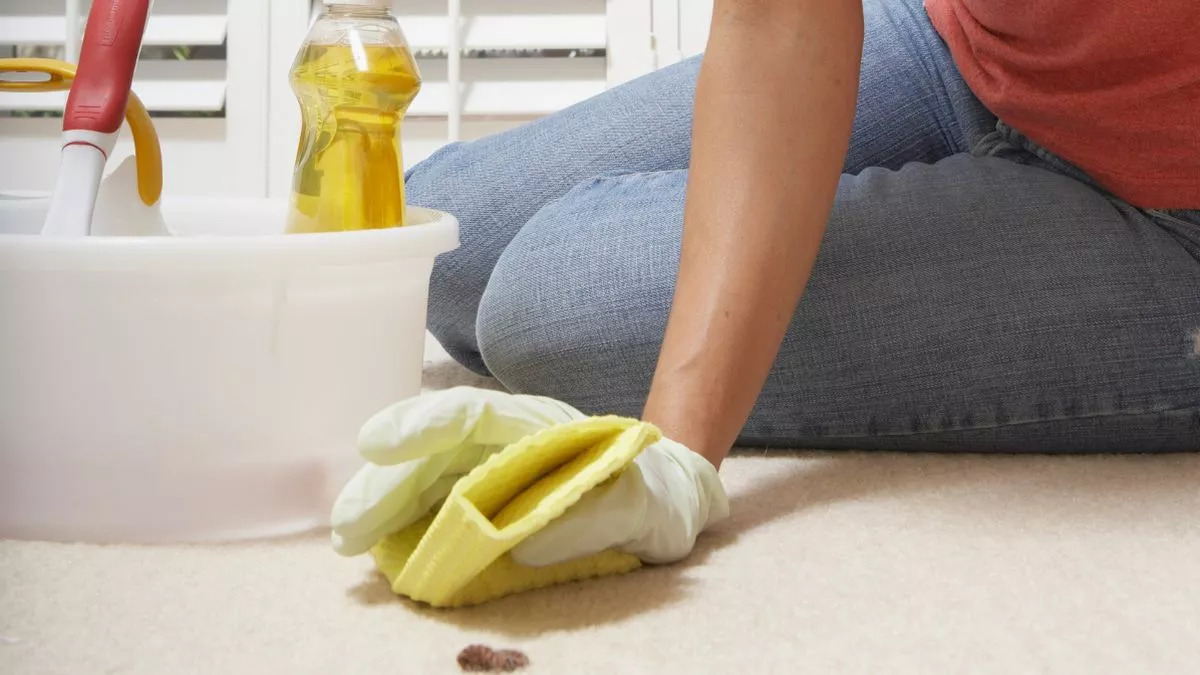
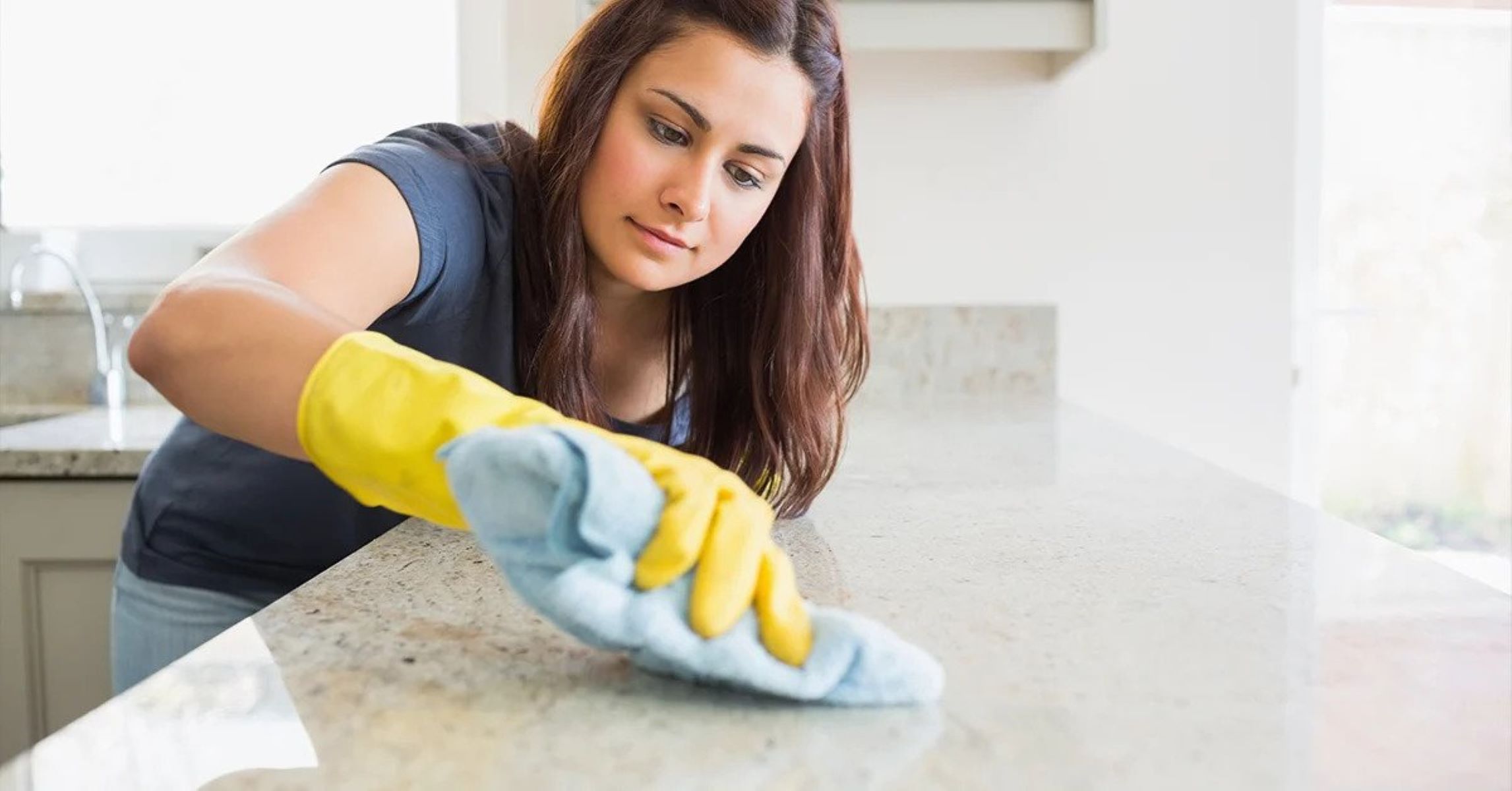
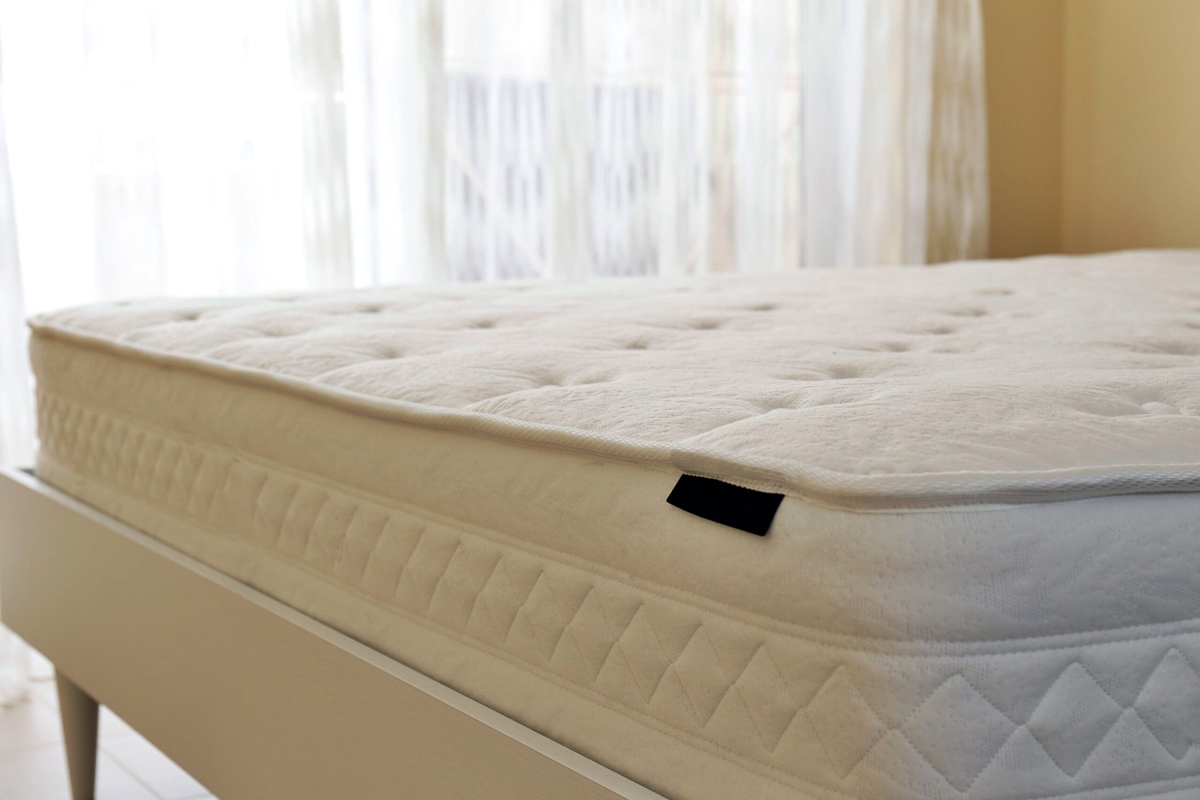
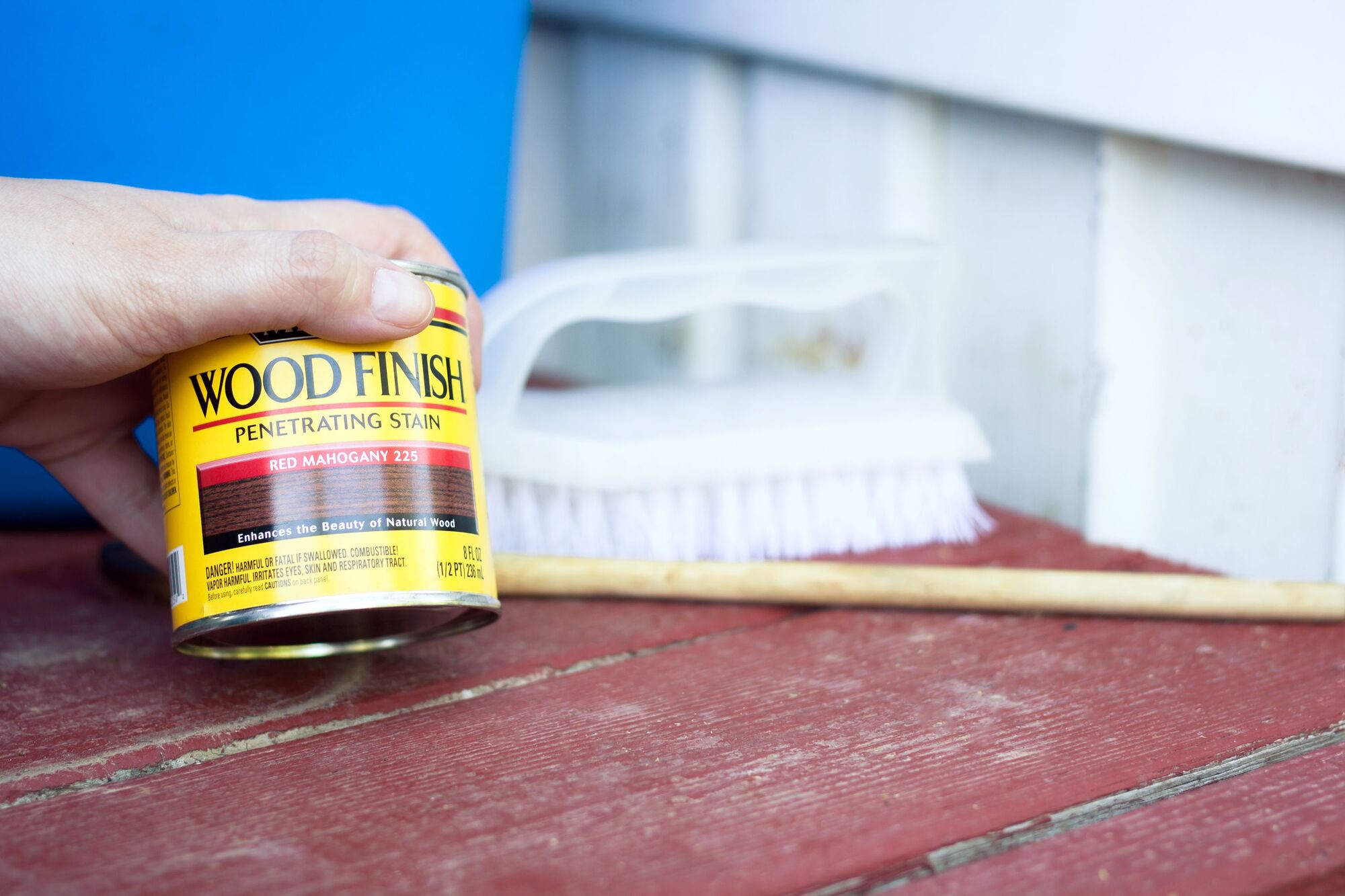
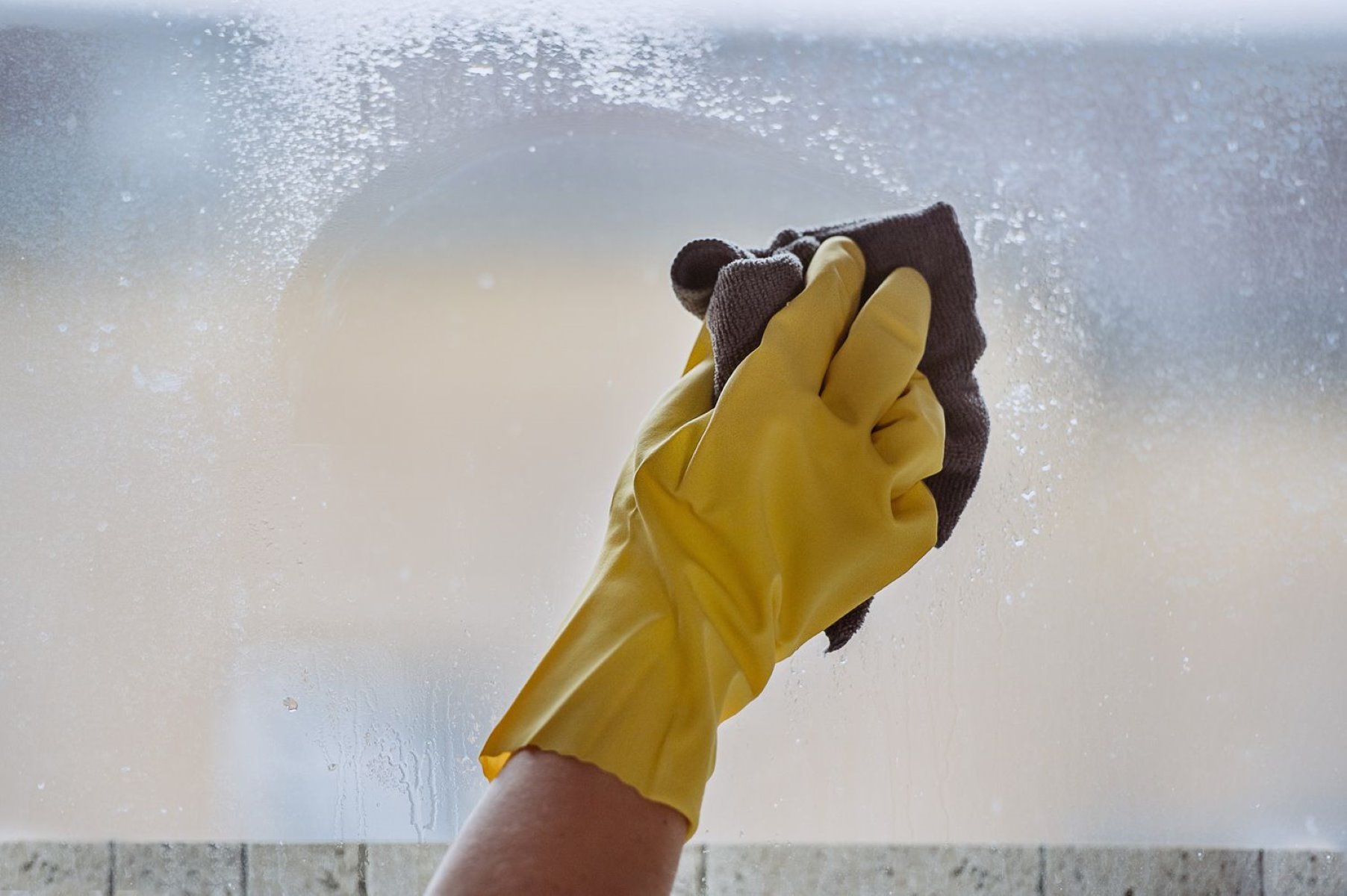

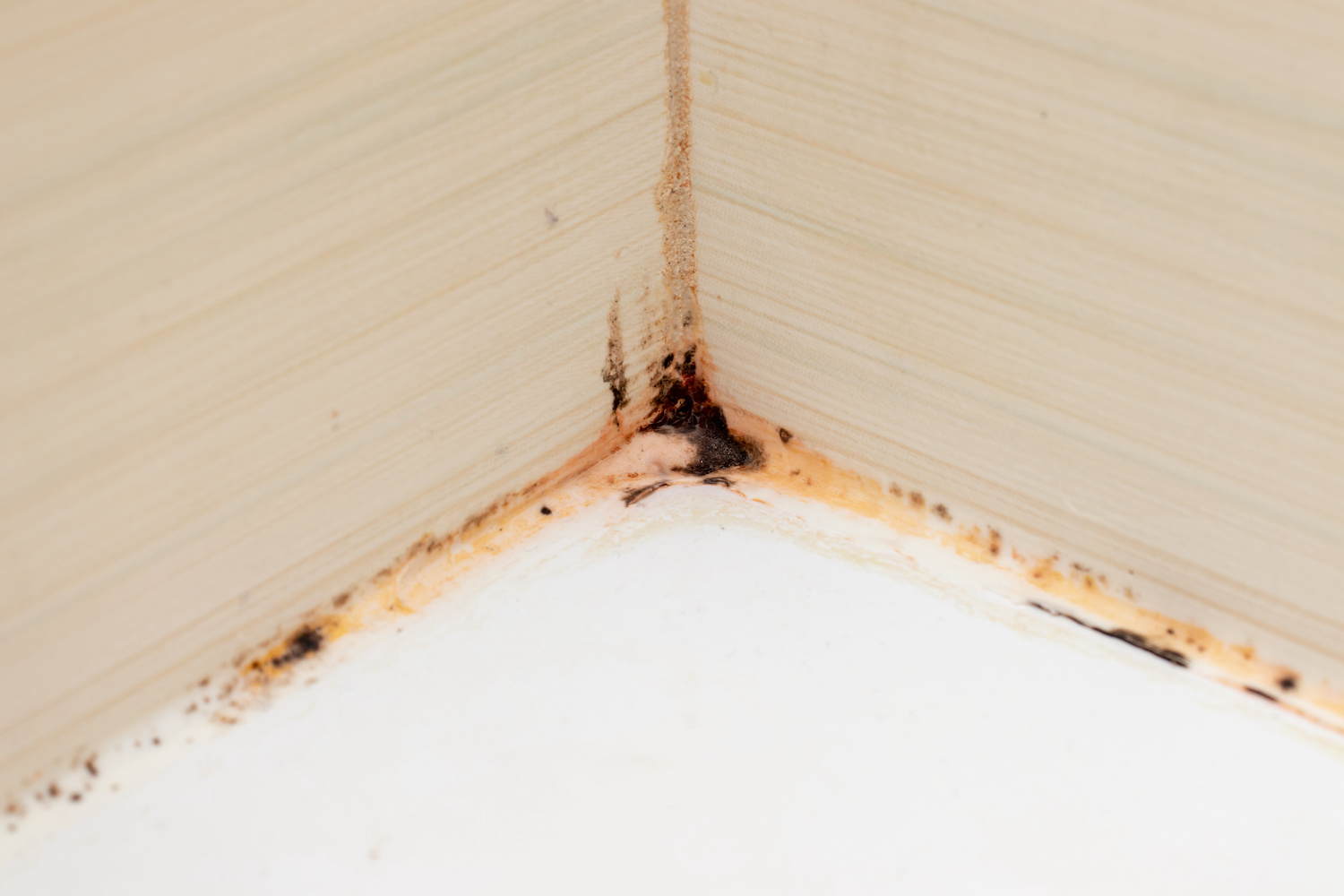
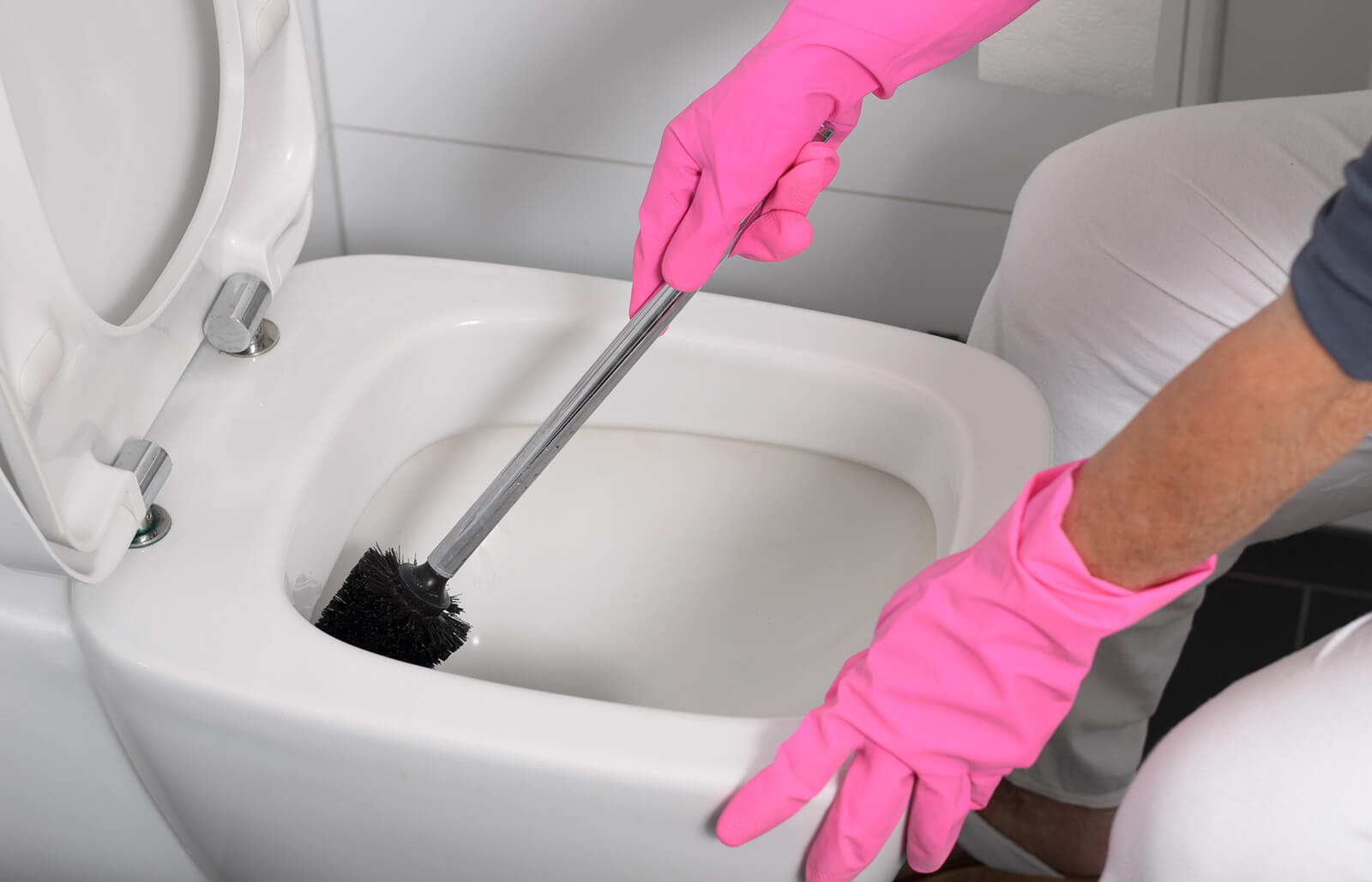
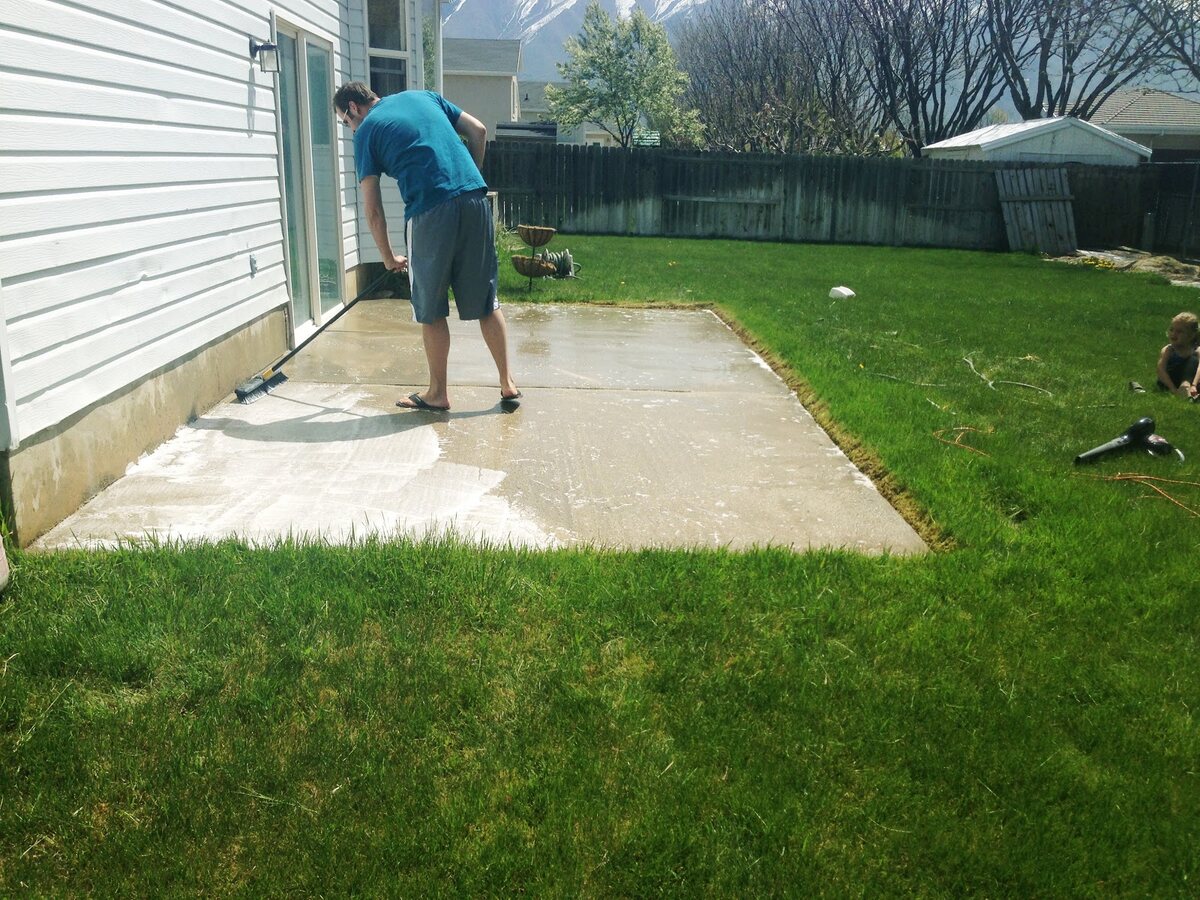
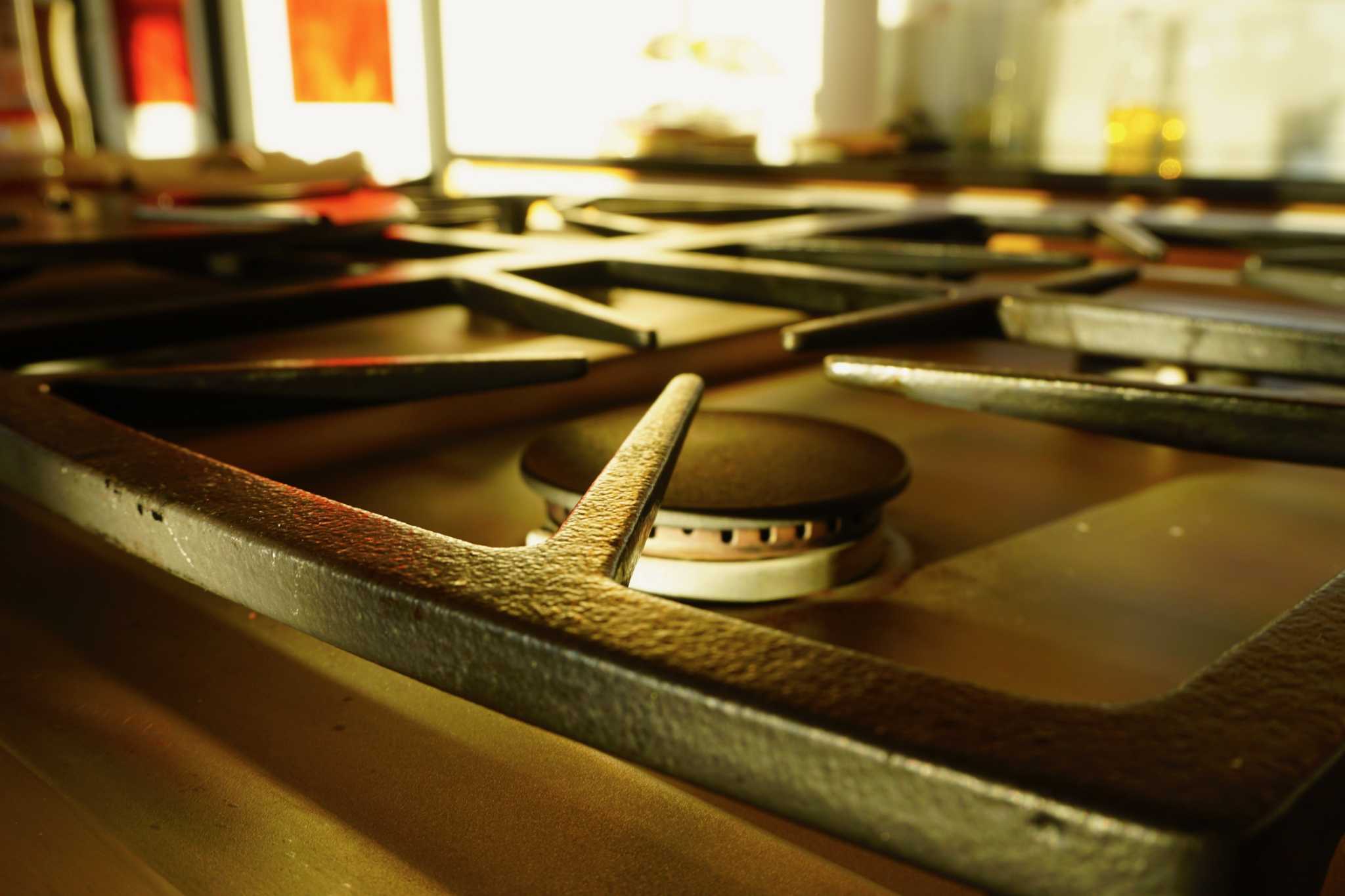
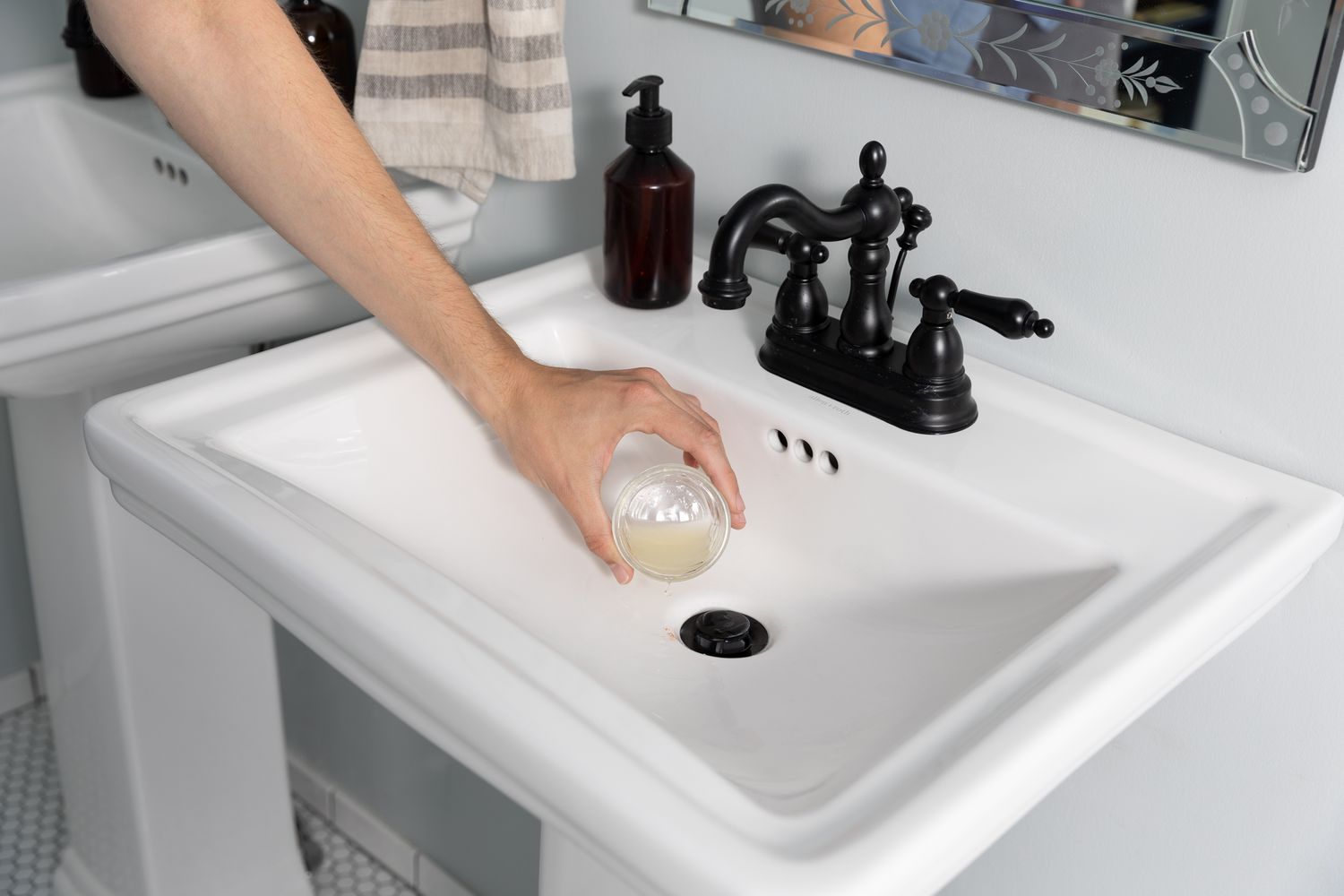
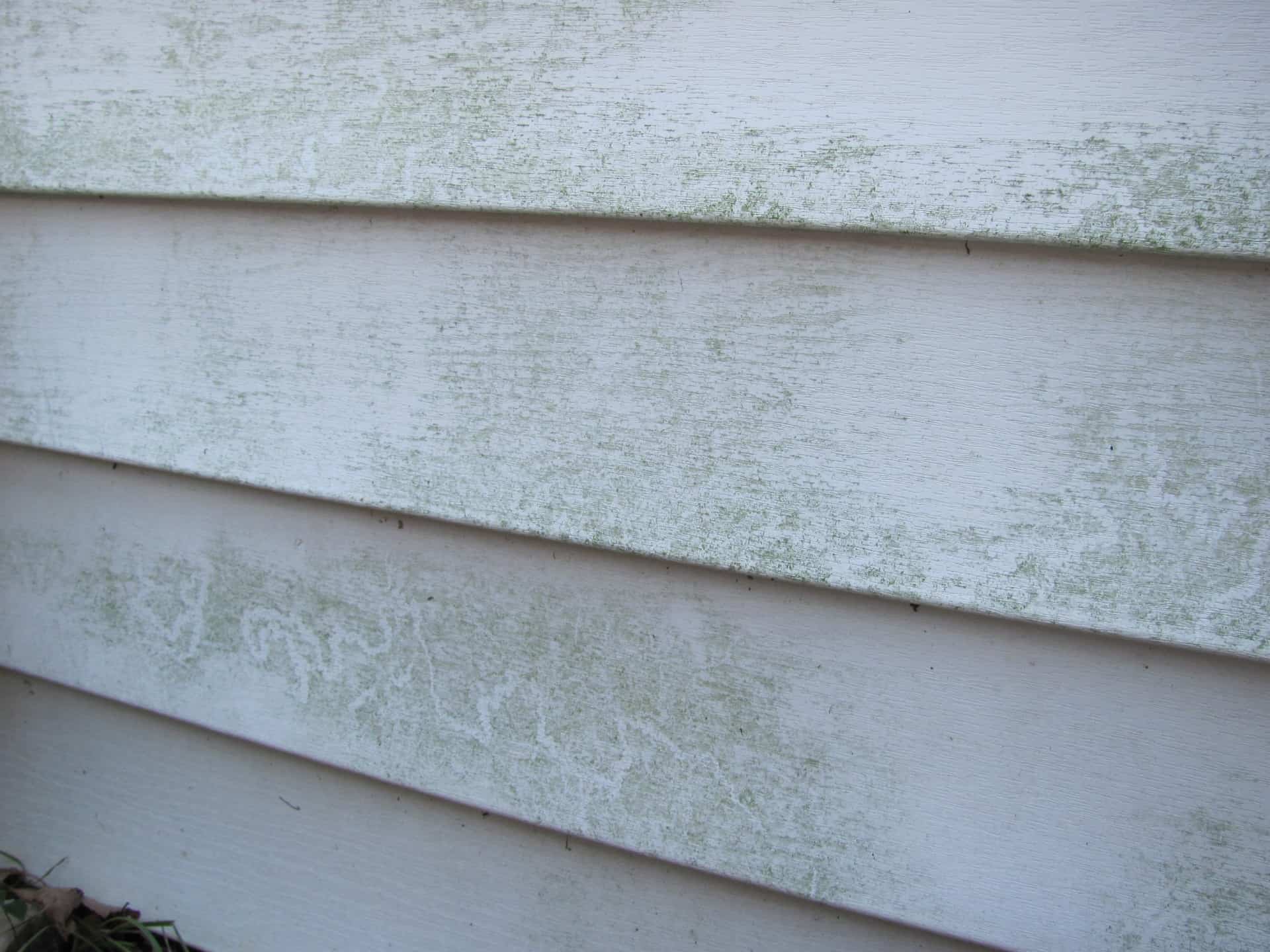
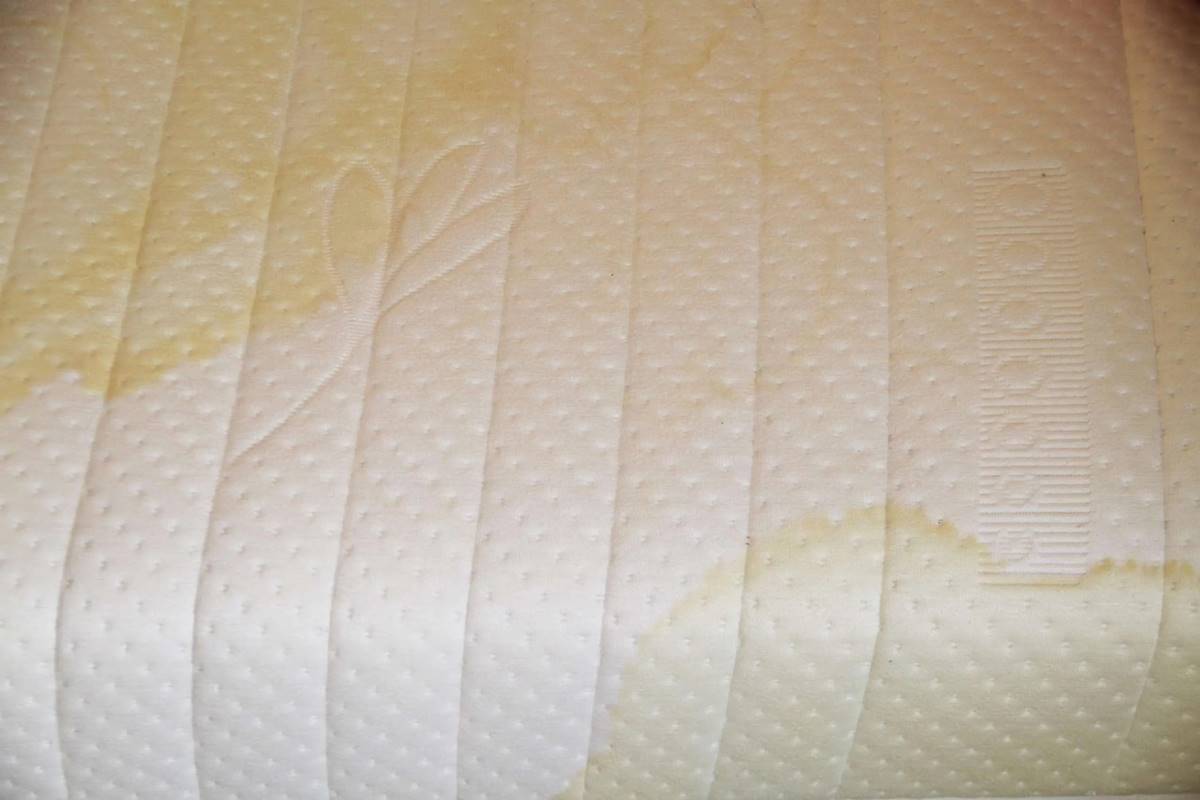

0 thoughts on “How To Get Stain Off Of Vinyl Siding”